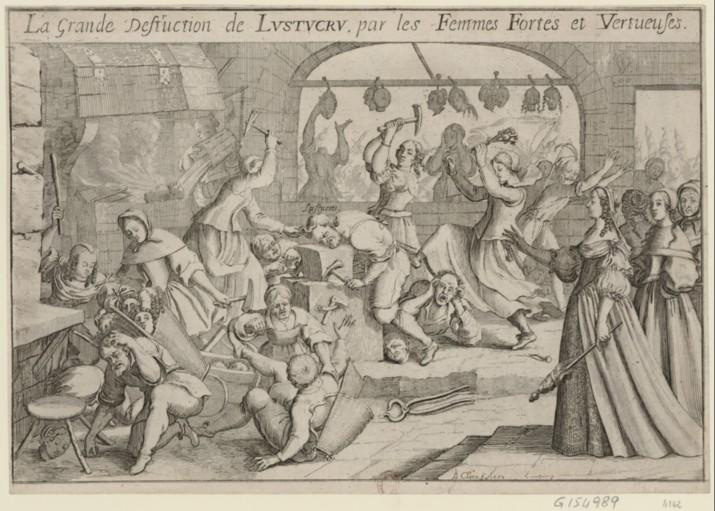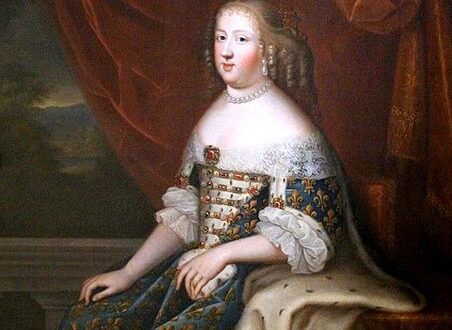The Pleasures of the Enchanted Island
The gardens of Versailles saw their first grand fête in May 1664, the Pleasures of the Enchanted Island. This elaborate garden party marked the beginning of Versailles’ transformation from Louis XIII’s hunting lodge to Louis XIV’s Palace of Glory.
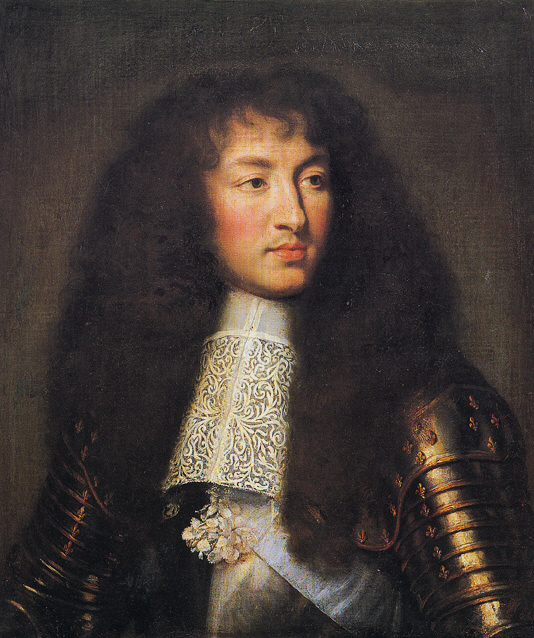
Louis XIV invited 600 guests to the spectacle hosted in the freshly enlarged and dolled-up gardens of Versailles from May 7 to May 13. He had dedicated the festivities to his mother Anne d’Autriche and his wife Marie-Thérèse, yet nobody doubted it was actually a party in honour of the King’s mistress, Louise de La Vallière.
The King had chosen the theme of Alcine and Roger for the fête, which led to the first ever collaboration of Molière and Lully. Alcine, a seductive and powerful sorceress, uses her powers to bewitch warriors, whom she keeps prisoner on her enchanted island, among them Roger and his brave knights.
Roger himself is enchanted and, like many before him, becomes Alcine’s lover, with the prospect of being turned into stone after the sorceress is done with him.
Fitting the theme, Versailles was transformed into a mythical and enchanted fairytale-land. Molière and his troop, back then the Comédiens de Monsieur of the Palais-Royal, teamed up with composer Lully, the poet Philippe Quinault and stage designer Carlo Vigarani, as well as André Le Nôtre and the Duc de Saint-Aignan, responsible for everything ballet. They did not have too much time to prepare everything and felt the pressure of a fast approaching deadline, yet what they created put the whole court in awe…. and more important, it pleased the King immensely.

On the first day, Louis XIV himself took the role of gallant Roger, and led a procession of knights, including drummers, trumpeters and heralds, down the Allée Royale to what is now the Bassin d’Apollon, and where back then Alcine’s enchanted palace was set up. The King wore a costume of bright red and his horse’s harness was covered with gold and gemstones over and over. The knights that followed him were all nobles of the court, among them the Duc de Noailles, the Marquis de Villequier and even the Marquis de La Vallière. The highlight of the procession was Apollo’s golden chariot, twenty-four feet long and eighteen feet high, which was pulled by four horses and followed the procession, displaying a variety of allegorical and mythological personages. The court witnessed a Carrousel, a showing-of of horsemanship, involving a ‘ring race’, in which each splendidly dressed knight had to use his lance to dislodge a ring hanging from a post. As night fell over the gardens, hundreds of torches and candles were lit, and the curt gathered to watch a ballet of the Seasons, starring an elephant, a camel and a bear, while enjoying refreshments served by masked servants.

Day two brought more small amusements during the day and in the evening La Princesse d’Élide, a comedie-ballet composed by Molière and Lully, was performed. Louis XIV, still in the role of Roger, showed the court to the stage set up in the gardens, where shepherds and shepherdesses surrounded by fauns danced and sang to the music of flutes and violins.
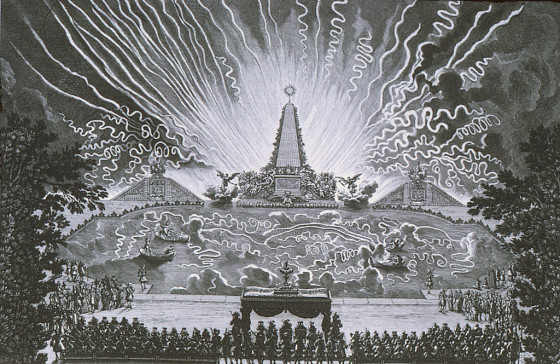
On the third day, the enchanted palace of Alcine was illuminated by fireworks, while an artificial whale and its two calves carried Alcine over the waters. Alcina, realising that the liberation of her captive knights might take place any minute, seeks to fortify her enchanted island, but in vain. Her spell is broken and the captured knights storm and destroy her palace.
Day four and five, were not less splendid. The King invited to a banquette, horse races, a promenade in the menagerie along the vast enclosures of exotic animals, lotteries were hosted among smaller and larger amusements in several parts of the garden and chateau. Les Fâcheux, another comedie-ballet by Molière, entertained the court on the evening of day six.
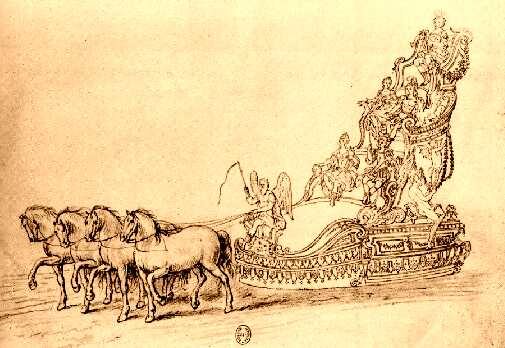
Day seven brought the premier of Molière’s Tartuffe, a play that caused much ado among those that considered themselves pious. The King himself enjoyed Molière’s cheek and defended him, yet was forced under great pressure to censor it later on.
On day eight, the last day of the amusements, Molière and Lully sparkled again together. Le Mariage forcé, the Forced Marriage, yet another comedie-ballet, was performed and marked the end of the festivities and the beginning of the Great Days of Versailles.

